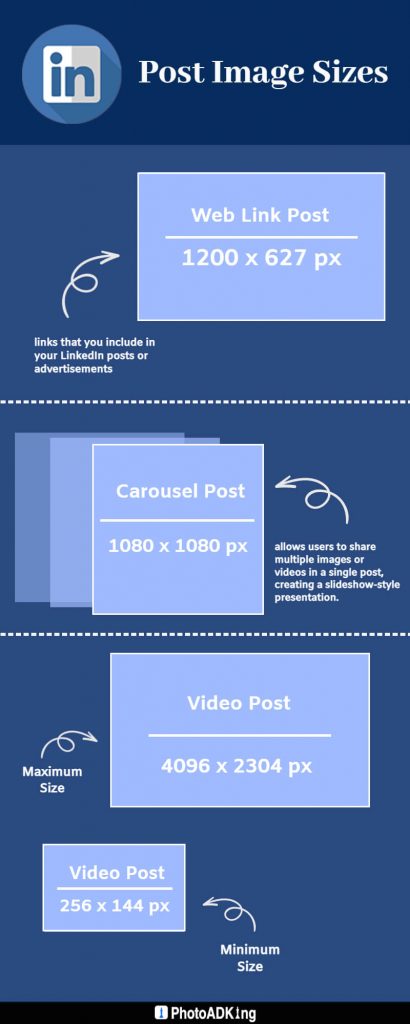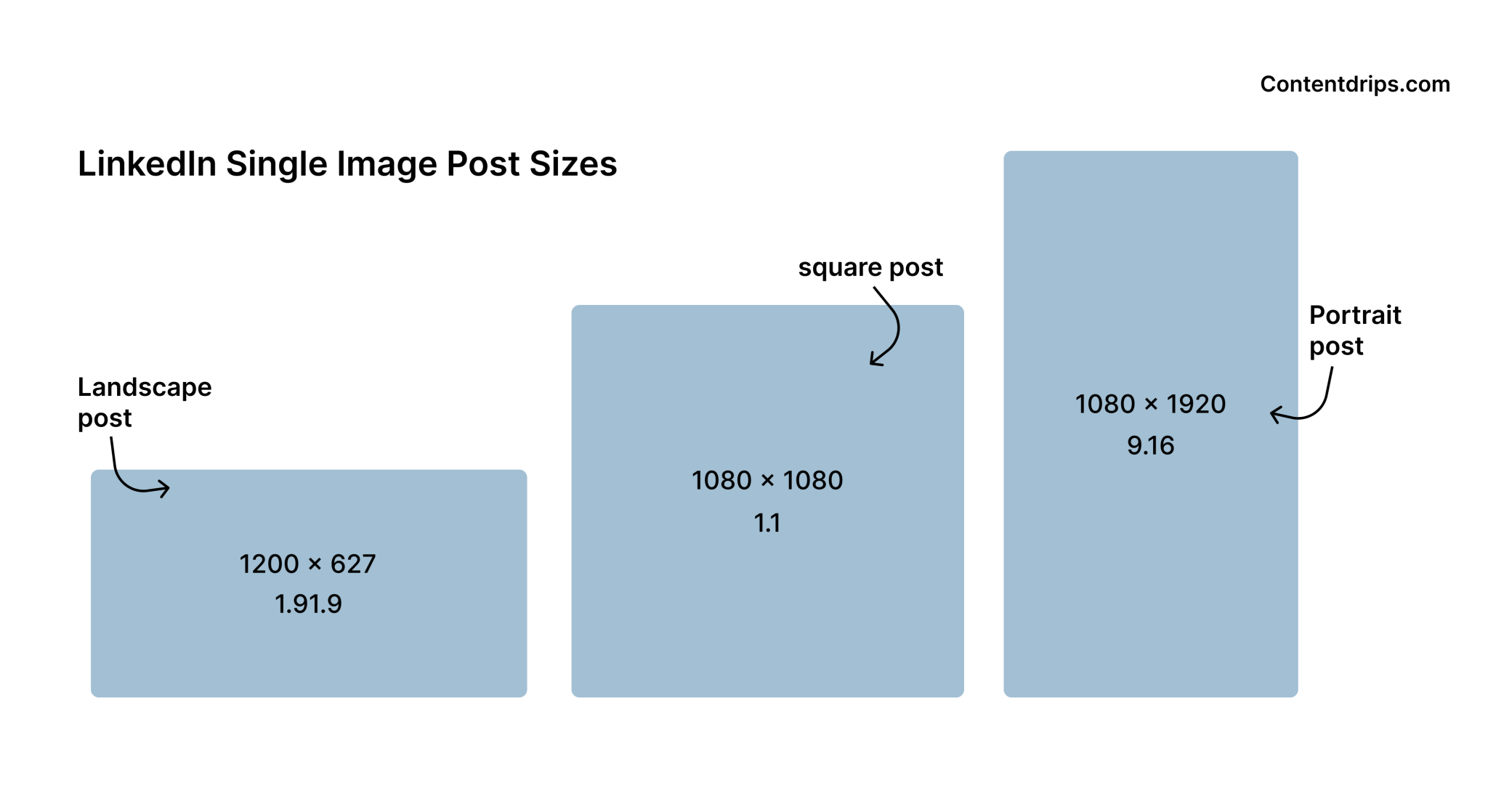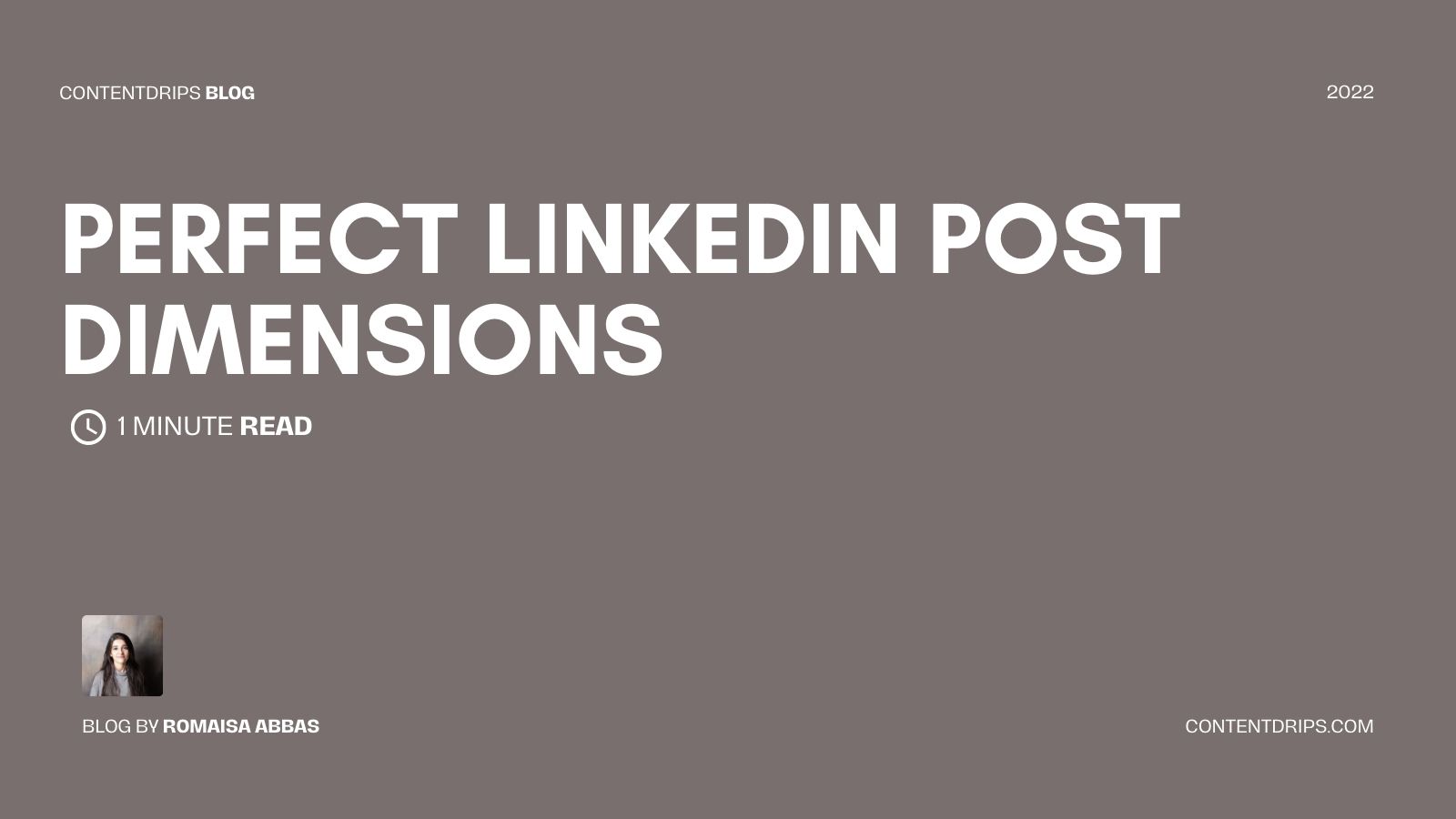Have you ever wondered how long your LinkedIn posts should be? In a world where attention spans are shrinking, crafting the perfect post length is crucial. Striking the right balance can enhance engagement and ensure that your message resonates with your audience. In this post, we’ll explore the optimal length for LinkedIn posts and share some best practices to help you shine in your professional network.
Why LinkedIn Post Length Matters

Understanding the importance of post length on LinkedIn can transform your engagement rates and expand your professional network. Here’s why it matters:
- Attention Span: Research indicates that readers often skim content. A concise post captures their attention quickly and encourages them to read more.
- Algorithm Favorability: LinkedIn’s algorithm favors posts that drive engagement. Typically, posts between 150 to 300 words are shown to perform better in terms of likes and comments.
- Clarity and Impact: A well-structured post that respects the reader’s time conveys your message more effectively. Shorter posts are easier to digest, making your key points stand out.
Consider these statistics:
| Post Length | Engagement Type | Average Engagement Rate |
|---|---|---|
| 0-100 words | Low Engagement | 0.5% |
| 100-200 words | Moderate Engagement | 1.5% |
| 200-300 words | High Engagement | 3.1% |
| 300+ words | Variable Engagement | 1.0% |
As you can see, posts around the 200-300 word mark tend to strike the right chord, balancing depth with brevity. But it's essential to remember that quality matters just as much as quantity. Your content should be engaging, offer value, and provide insights to your audience.
In summary, LinkedIn post length is not just about numbers; it’s about making your content accessible and appealing. By keeping your posts concise yet informative, you increase the chances of sparking meaningful conversations and connections. So, next time you draft a post, think about how you can make every word count!
Also Read This: How to Download Your Resume from LinkedIn on a Phone
3. Recommended Length for LinkedIn Posts

When it comes to crafting the perfect LinkedIn post, length truly matters. Generally, the sweet spot for optimal engagement is around 150 to 300 words. Posts within this range tend to receive higher levels of interaction, whether it’s likes, comments, or shares. But why is this length so effective?
Shorter posts (under 150 words) can sometimes feel rushed and may lack the depth needed to convey your message. On the other hand, posts that exceed 300 words can overwhelm readers, especially considering the fast-paced nature of LinkedIn. People are often scrolling quickly through their feeds, so a concise message is more likely to grab their attention.
To illustrate, consider these examples:
- Under 150 words: “Excited to announce our new product launch this Friday! Stay tuned for innovative features that will transform the industry. #Innovation #Tech”
- 150-300 words: “I’m thrilled to share that we’re launching our latest product this Friday! After months of hard work, our team has developed features that will redefine how we approach project management. Join us for a live demo at 2 PM, where we’ll showcase how this tool can enhance productivity and collaboration. Don’t miss it! #Innovation #Tech”
The second example gives readers a clearer idea of what to expect, while still being brief enough to maintain interest. It’s not just about the word count; it’s about delivering value in a digestible format. So, aim for that 150-300 word range to keep your audience engaged!
Also Read This: How to Add a GitHub Link to Your LinkedIn Profile
4. Best Practices for Engaging LinkedIn Posts

Now that you know the optimal length for your posts, let’s discuss some best practices to ensure your content resonates with your audience.
- Start with a Hook: The first line is crucial. Use a surprising fact, a bold statement, or a question to draw readers in. For example, “Did you know that 70% of professionals use LinkedIn for networking?” can pique interest immediately.
- Use Visuals: Posts with images or videos tend to generate more engagement. Try including a relevant photo or a short video clip to enhance your message. For instance, if you’re discussing a recent conference, a snapshot of the event can add a personal touch.
- Encourage Interaction: Ask questions or include calls to action. Phrases like “What are your thoughts?” or “Share your experiences in the comments!” can boost engagement and create a conversation.
- Utilize Hashtags Wisely: Incorporate 3 to 5 relevant hashtags to improve visibility. However, don’t overdo it! Too many hashtags can make your post look cluttered and spammy.
- Be Authentic: Share personal stories or insights. Authenticity resonates with readers, so don’t hesitate to let your personality shine through your writing.
For example, a post might start like this:
“Reflecting on my journey in tech, I remember feeling lost during my first year at my job. But it was a mentor’s advice that turned everything around for me. What’s one piece of advice that changed your career path?”
By following these best practices, you can create content that not only informs but also engages your audience. Remember, LinkedIn is not just a platform for job hunting; it's a community for building connections and sharing knowledge. So, get out there and start posting! Your professional network is waiting.
Also Read This: How to Unfollow Someone on LinkedIn and Control Your Feed
5. Examples of Effective LinkedIn Posts
When it comes to crafting the perfect LinkedIn post, learning from successful examples can be incredibly beneficial. Here are a few types of posts that have proven effective on the platform:
- Personal Stories: Sharing a personal journey or experience can create a genuine connection. For instance, a project manager might discuss the challenges faced during a recent project and the lessons learned along the way. This not only showcases vulnerability but also demonstrates growth and resilience.
- Industry Insights: Posts that provide insights or trends in your industry can position you as a thought leader. For example, a marketing executive might share data on emerging social media trends, along with their own analysis on how these could impact future strategies.
- Helpful Tips: Everyone loves actionable advice! Consider an HR professional sharing “5 Tips for Crafting the Perfect Resume.” This type of content is shareable and can engage a wide audience.
- Visual Content: Posts with images or videos tend to attract more attention. A sales team could share a short video showcasing a successful product demo, highlighting its key features and benefits.
- Polls or Questions: Engaging your audience with a question or poll can spark conversation. For instance, asking “What’s the biggest challenge you face in remote work?” encourages responses and fosters community engagement.
Take inspiration from these examples, but remember to infuse your unique voice and perspective into your posts. Authenticity resonates well with LinkedIn audiences, making them more likely to engage with your content.
6. Tools and Resources for Analyzing Post Performance
Understanding how your posts perform on LinkedIn is essential for optimizing your strategy and increasing engagement. Here are some tools and resources that can help you analyze your LinkedIn post performance:
- LinkedIn Analytics: LinkedIn offers built-in analytics for your personal profile and company pages. You can track metrics like views, likes, comments, and shares, giving you insights into which content resonates the most with your audience.
- Buffer: Buffer is a social media management tool that includes analytics for LinkedIn posts. You can schedule your posts and analyze engagement metrics over time, helping you identify patterns and trends.
- Hootsuite: Another robust social media management platform, Hootsuite provides detailed analytics for LinkedIn posts. You can track follower growth, post engagement, and even compare the performance of different types of content.
- Sprout Social: This tool offers in-depth reporting and insights into your social media performance, including LinkedIn. You can analyze your audience demographics, engagement rates, and even the best times to post for maximum visibility.
- Canva: While not an analytics tool per se, Canva can help you create visually appealing posts. Engaging visuals can lead to higher engagement, and combining this with analytics from other platforms can help you refine your approach.
By leveraging these tools, you will gain valuable insights into what works for your audience. The key is to continuously analyze and adapt your strategy based on the data you collect. This way, you'll not only enhance your LinkedIn presence but also foster deeper connections within your professional network.
 admin
admin








